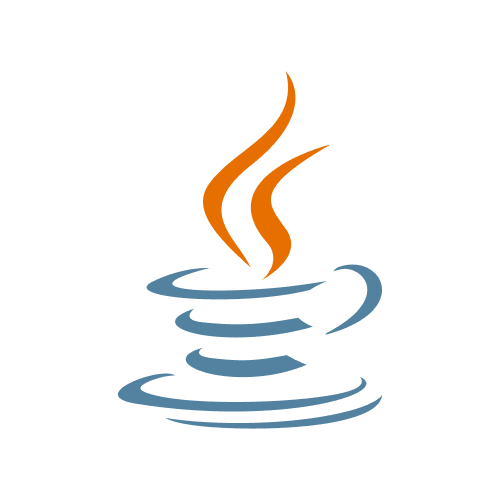-
Challenge
In early 2019, the Ministry of Education of an Eastern European country felt the need for a digital transformation of the education system in the country. It turned out that there were no full-fledged educational platforms in the country, and foreign products did not meet the necessary requirements. Some lacked certain functionality, while others did not have the necessary flexibility that would allow them to be used in different educational institutions.
There was a need for a gamified educational ecosystem which would develop students' skills and cover all learning formats: full-time, part-time and distance. The deadlines were tight. First operating version of the platform was planned for a release in just eight months. -
Solution
Architecture
The project began with the selection of the most suitable architecture. The requirements changed on the fly. Since the timing was very tight, the first version of the system was made monolithic. Sibedge team divided the monolithic architecture into microservices during the project. That solution not only boosted the time-to-market for new features triple-fold but provided the whole platform with greater fault tolerance.Users
A role system has been implemented so that users get different tools to perform their tasks. Teachers select tasks of various levels of complexity from the methodological database, parents monitor their children's learning progress, form masters monitor their progress, and system administrators support platform seamless operation.Agile Software Management
Sibedge's project manager responsibility was to manage risks so that development would remain within the original budget and time frame. That’s where our EdTech expertise helped a lot: flexible management practice allowed to build proper processes and establish efficient interaction between developers.Team and technologies
Sibedge team performed both front-end and back-end development, testing, load monitoring, and system deployment. Sibedge team size ranged from three to 18 experts during the project. The technology stack was based on Java, React.js, Apollo Client, Keycloak, styled-components, Spring Framework, Apache Maven, GraphQL, PostgreSQL, etc.Result
Test run
In early September 2019, the platform was launched in test mode in 15 schools within five regions. Sibedge onboarded teachers to speed up their adaptation.System capability
Professional methodologists and international experts were involved in the development of the system. First, the educational platform is unique in its flexibility:Download case in PDF
— Individual curriculum available for every student.
— Gamification that boosts engagement and results.
— Content adaptation based on user behavior.
— Teachers can increase tasks complexity based on student performance.
— The system is focused on developing certain STEM skills and competences.
— Soft-skills orientation: not just digesting information, but boosting team work, self-presentations and project management skills.Future of the platform
Now there are 1,5M+ active users on the platform with over 2,500 schools connected. It’s expected to reach 6,000 schools by the end of 2022. Backlog includes platform optimization and new features release until the end of year. Sibedge engineers continue to work on stabilizing and scaling the system which is to remain fault-tolerant under heavy server loads.Industry:
E-education
Duration:
January 2019 - ongoingTeam:
- 5 - Front-end developer
- 4 - Back-end developer
- 5 - QA engineer
- 1 - DevOps, Analyst, Software Architect, Project Manager
Technologies:
Thank you! Message sent.Whoops.. Something went wrong, message not sent.Thank you! Message sent.Whoops.. Something went wrong, message not sent.Detail projectDuration:January 2019 - ongoingTeam:- 5 - Front-end developer
- 4 - Back-end developer
- 5 - QA engineer
- 1 - DevOps, Analyst, Software Architect, Project Manager


